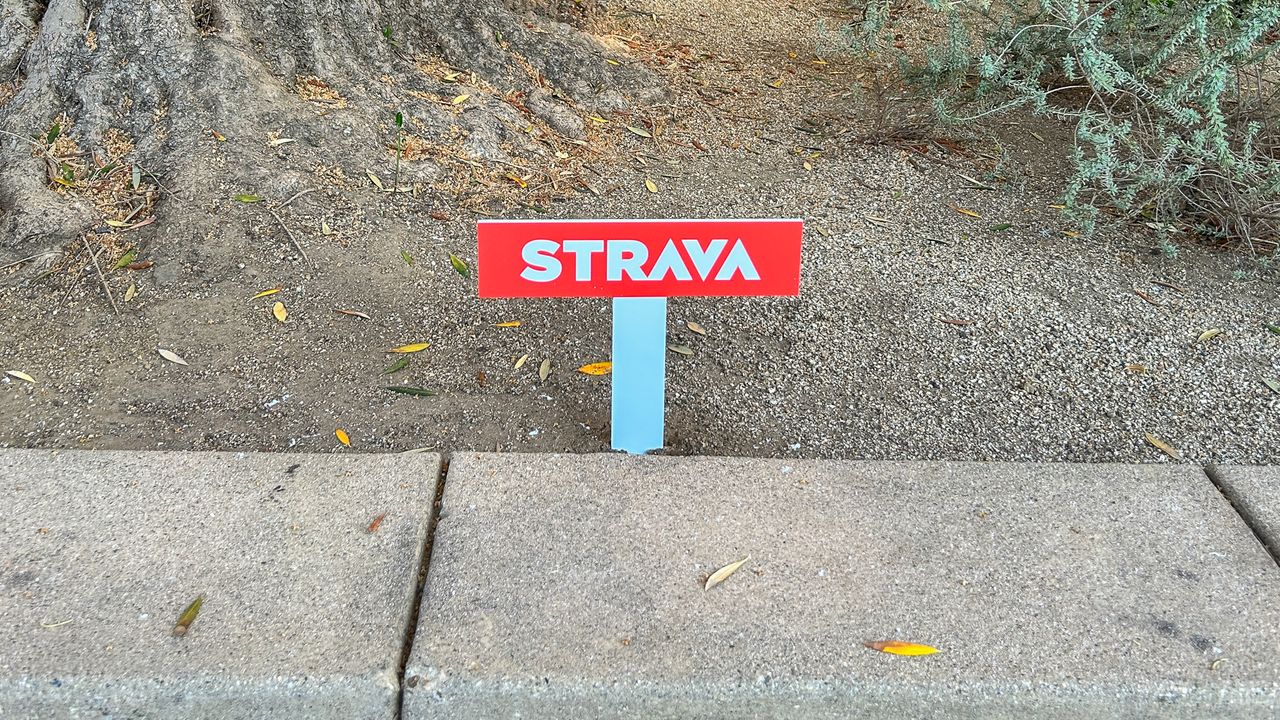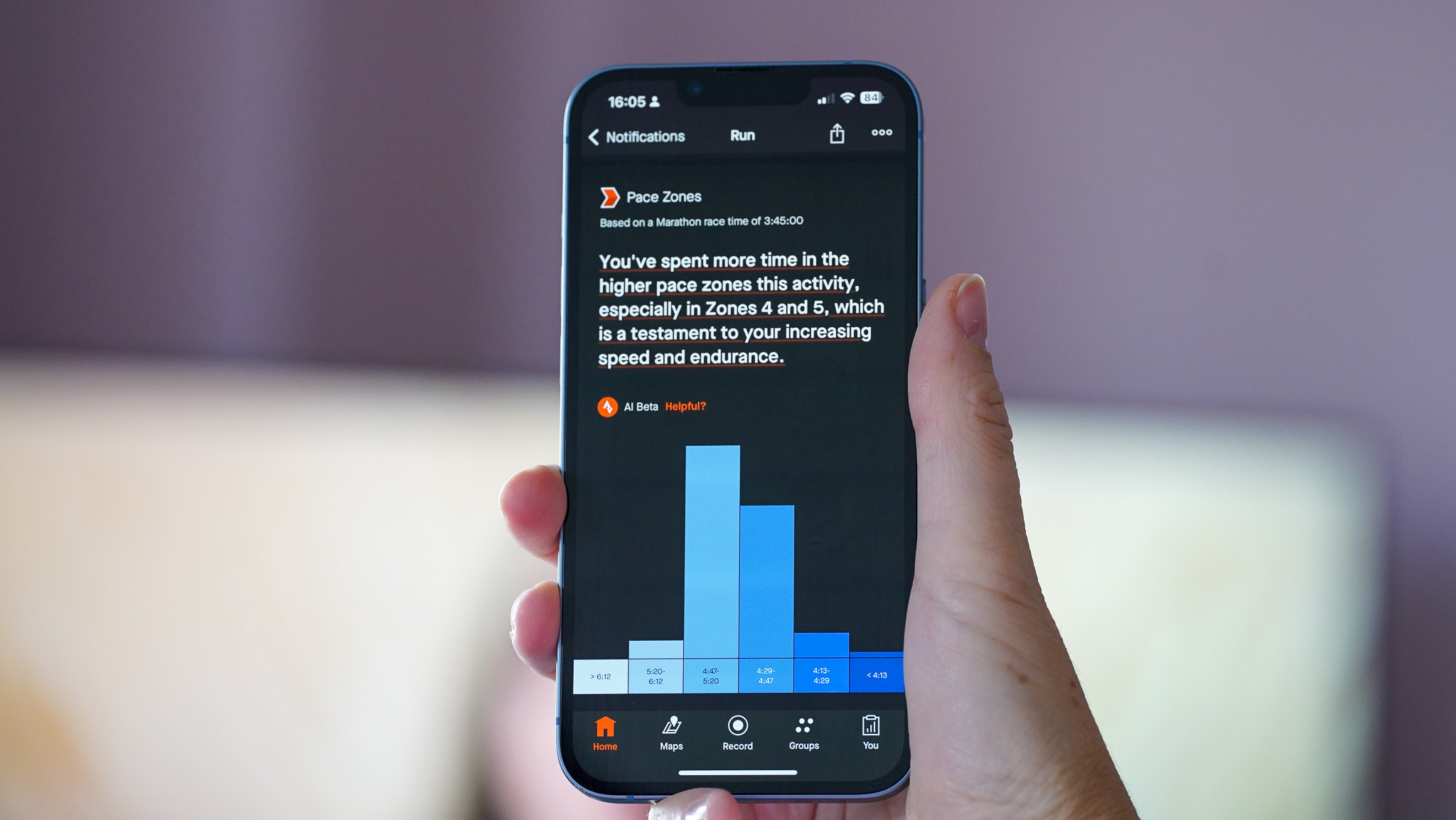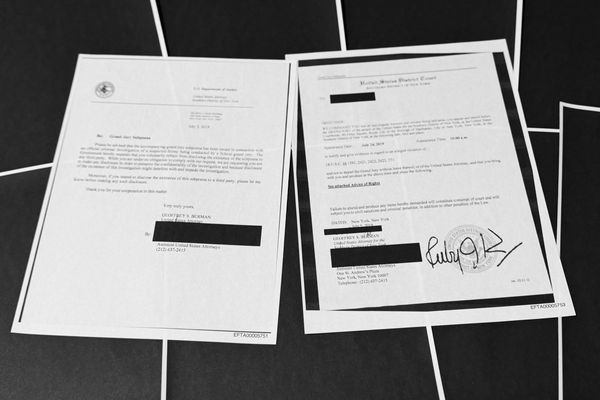
It started with a lawsuit that briefly rattled the fitness tech world.
Earlier this month, Strava sued Garmin, accusing the watchmaker of infringing on patents related to segments and heatmaps, features that form the backbone of Strava’s platform.
Beneath the legal language, though, simmered another dispute.
The wearable giant wanted its logo displayed next to every activity uploaded to Strava from a Garmin watch, effectively turning user feeds into branded billboards.
A few weeks later, Strava abruptly dropped the case, dismissing it “without prejudice,” a quiet retreat that looked like a loss on paper.
But instead of conceding, Strava pulled off something far smarter, while also giving Garmin exactly what it wanted.
The elegant counterpunch
Rather than granting Garmin exclusive branding, Strava rolled out logo attribution across the board.
Now, when you upload a run or ride, you’ll see not just Garmin’s icon but badges from Apple Watch, and all the other running watches and triathlon wearables, including Wahoo, Suunto, Fitbit, and even brands such as Peloton.

Garmin’s logo got its moment, only to be drowned out in a chorus of others.
By framing the move as transparency (“see where your data comes from”), Strava turned a corporate demand into a community feature.
It preserved its neutrality, satisfied Garmin’s request, and avoided setting a precedent that could have handed hardware makers visual dominance on its platform.
When design trumps litigation
Instead of letting the lawsuit define its relationship with Garmin, which, up until recently, was quite jovial, Strava is quietly reframing the narrative around fairness and openness.
Everyone gets a logo. Everyone plays by the same rules.
It’s a subtle but significant shift in the fitness ecosystem, where brand visibility is now fought not in courtrooms but inside the UX itself.
For now, all athletes need to know that they can keep uploading their workouts to Strava, no matter what smartwatch they use. And that's a win for us all.







